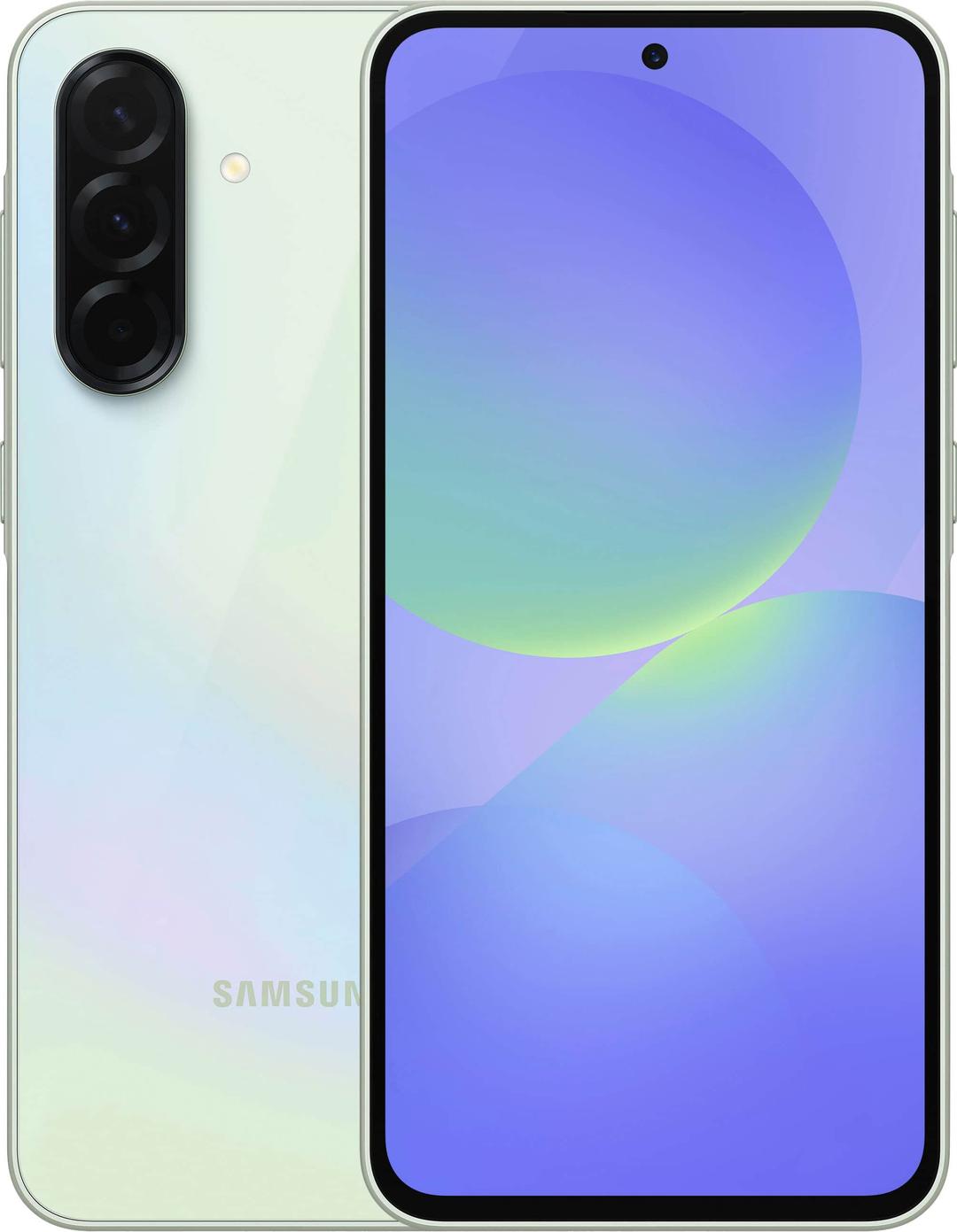
Samsung Galaxy A36 Review: A Missed Opportunity in the Mid-Range Market
The Samsung Galaxy A36 has entered the mid-range smartphone arena with a promise of delivering a blend of affordability and quality. However, upon closer inspection, it becomes evident that this device, while decent, does not quite live up to the expectations set by its predecessor, the Galaxy A35. In this review, we will explore the various aspects of the Galaxy A36, including its design, performance, camera capabilities, and battery life, ultimately concluding whether it is worth your investment.
Design
The Galaxy A36 features a 6.7-inch Super AMOLED display with a resolution of 1080 x 2340 pixels and a refresh rate of 120Hz. This display is indeed bright and vibrant, making it suitable for various lighting conditions. However, the design changes from the A35 are minimal, with the most notable being the new camera arrangement on the back. The transition from individual camera rings to a pill-shaped module is aesthetically pleasing but does not significantly enhance functionality.
One of the more disappointing aspects of the design is the removal of the microSD card slot, which was a valuable feature for users needing additional storage. Samsung's reasoning behind this decision is questionable, as many users still rely on expandable storage. The phone is available in several attractive colors, but the limited options in certain markets can be frustrating for consumers looking for personalization.
Camera
The camera setup on the Galaxy A36 remains largely unchanged from the A35, featuring a 50MP primary sensor, an 8MP ultra-wide sensor, and a 5MP macro sensor. The front-facing camera has seen a slight downgrade, moving from 13MP to 12MP. While the camera can capture decent images, it lacks the speed and efficiency that many users expect from modern smartphones. The processing time for portrait shots, for instance, can be frustratingly slow, which detracts from the overall user experience.
In terms of performance, the camera does deliver satisfactory results in well-lit conditions, but low-light performance leaves much to be desired. The absence of a telephoto lens is also a drawback, as users are limited to digital zoom, which often results in a loss of quality. Overall, while the camera is functional, it does not stand out in a crowded mid-range market.
Performance
Under the hood, the Galaxy A36 is powered by a Qualcomm Snapdragon 6 Gen 3 processor, paired with 6GB of RAM and 128GB of internal storage. While this configuration is adequate for everyday tasks, it does not represent a significant upgrade over the A35, which can be concerning for potential buyers. Benchmark tests indicate that the performance is on par with its predecessor, which raises questions about the value of upgrading.
In real-world usage, the Galaxy A36 handles most applications smoothly, but users may experience occasional lag, especially when multitasking or running demanding apps. The lack of substantial performance improvements compared to the A35 makes it hard to justify the price point, especially when other competitors in the mid-range segment offer better performance for similar costs.
Battery Life
The Galaxy A36 is equipped with a 5,000mAh battery, which is standard for smartphones in this category. While the battery life is generally good, it does not outperform the A35, which is disappointing given the expectations for newer models. Users can expect a full day of usage under moderate conditions, but heavy users may find themselves reaching for a charger sooner than anticipated.
One positive aspect is the support for 45W wired charging, which is a nice touch for a mid-range device. However, the lack of a charger in the box means that users will need to invest in one separately, which adds to the overall cost of ownership.
Software and Updates
One of the standout features of the Galaxy A36 is its commitment to software updates. Samsung promises six years of Android OS upgrades and security updates, which is commendable and sets a new standard in the mid-range market. This long-term support is a significant advantage for users who plan to keep their devices for several years.
However, the software experience itself is not without its flaws. The device runs on Samsung's One UI, which, while feature-rich, can sometimes feel cluttered and overwhelming. Users who prefer a more streamlined experience may find this aspect of the phone less appealing.
Conclusion
In conclusion, the Samsung Galaxy A36 is a competent mid-range smartphone that offers a bright display, decent camera performance, and long-term software support. However, it falls short in several key areas, including performance upgrades, camera capabilities, and the removal of expandable storage. While it may still be a suitable choice for users seeking a reliable device, those looking for significant improvements over the A35 or better value in the mid-range market may want to explore other options.
Ultimately, the Galaxy A36 feels like a missed opportunity for Samsung to truly innovate in the mid-range segment. With competitors continually raising the bar, it will be interesting to see how Samsung responds in future iterations of the Galaxy A series.